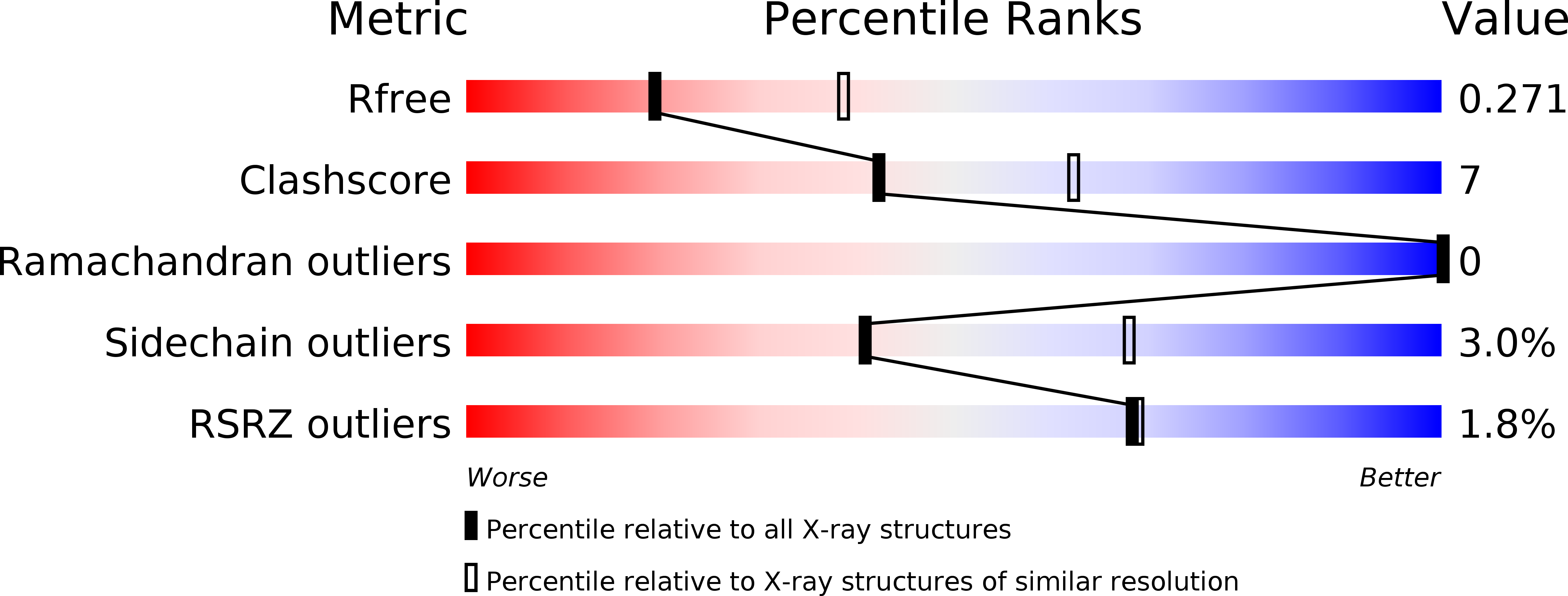
Deposition Date
2015-05-02
Release Date
2015-06-17
Last Version Date
2024-10-30
Method Details:
Experimental Method:
Resolution:
2.68 Å
R-Value Free:
0.27
R-Value Work:
0.20
R-Value Observed:
0.20
Space Group:
C 2 2 21


